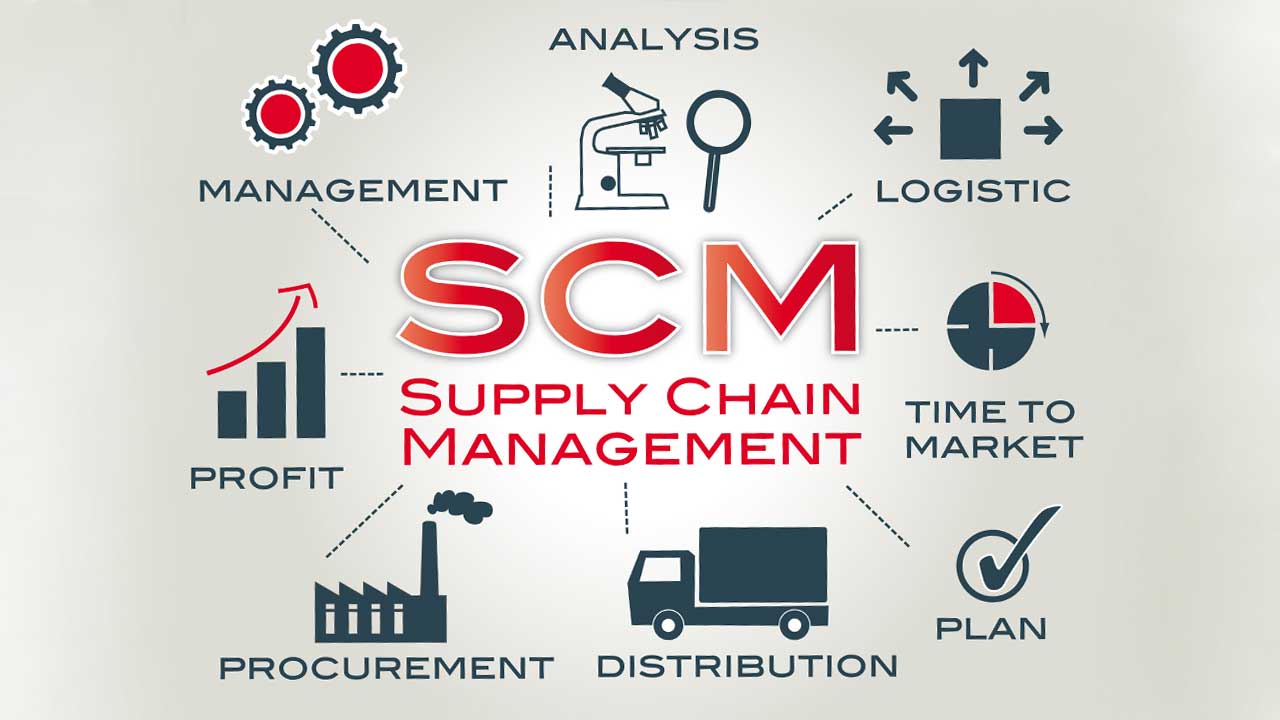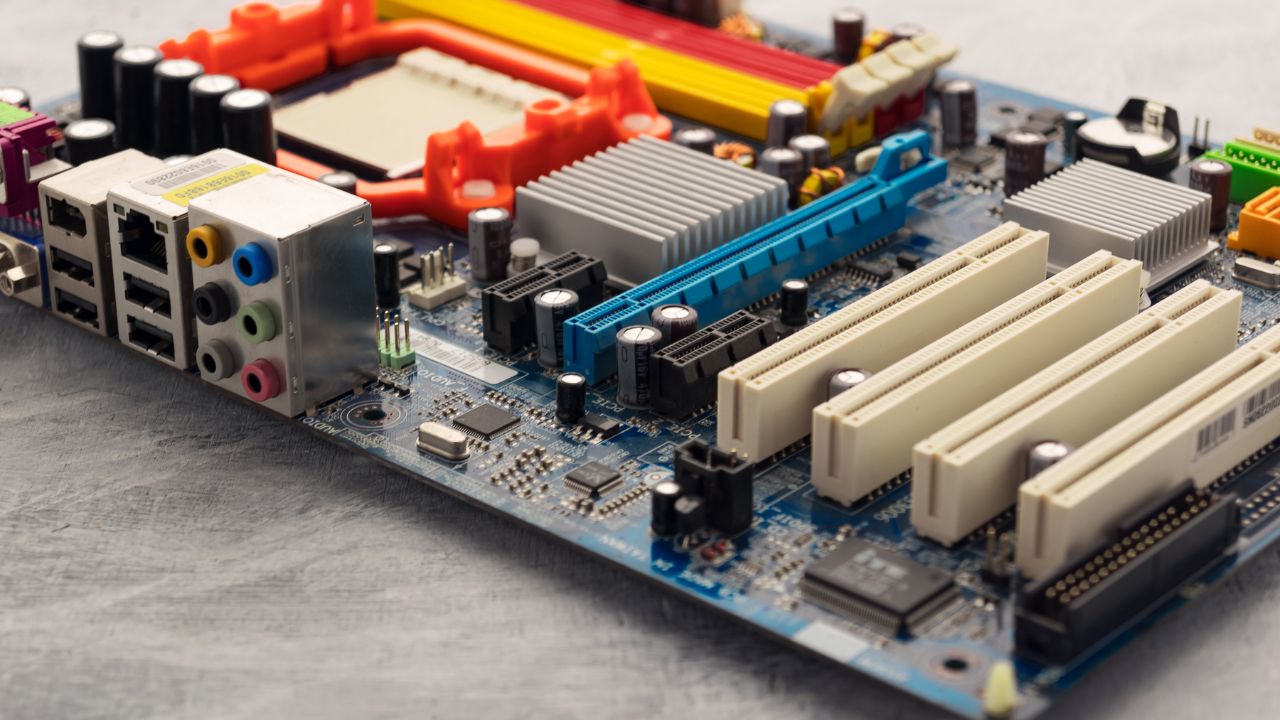The digital transformation has touched nearly every aspect of business operations, and procurement is no exception. The rise of e-procurement systems has revolutionised the way organisations manage their purchasing processes. No longer confined to piles of paperwork or outdated manual systems, procurement is now streamlined, efficient, and cost-effective, thanks to digital platforms.
E-procurement has grown rapidly in recent years, reshaping the procurement landscape and delivering tangible benefits for businesses of all sizes. In this article, we’ll explore the growth of e-procurement and how these systems are transforming the procurement news process by increasing efficiency and reducing costs.
The Growth of E-Procurement Systems
The adoption of e-procurement platforms has surged in recent years, driven by the need for businesses to optimise processes and cut unnecessary spending. According to industry reports, the global e-procurement market is expected to grow significantly over the next few years as more companies recognise the value of automating their procurement operations.
This growth can be attributed to several factors:
- Technology advancements: With improvements in cloud computing, artificial intelligence (AI), and big data analytics, e-procurement platforms have become more powerful and accessible. These technologies allow for real-time data analysis, enabling businesses to make informed purchasing decisions.
- Cost reduction pressures: As organisations face increasing pressure to manage costs, e-procurement offers a clear solution by reducing inefficiencies and eliminating manual tasks.
- Globalisation: The rise of global supply chains has made procurement more complex. E-procurement platforms simplify the management of these intricate networks, offering visibility into supplier performance and global compliance.
How E-Procurement Systems Increase Efficiency
One of the most significant benefits of e-procurement systems is the increase in operational efficiency. Traditionally, procurement involved manual processes, multiple approvals, and paper-based workflows. This led to delays, errors, and a lack of visibility over spend.
E-procurement platforms automate many of these tasks, speeding up the procurement cycle and freeing up valuable time for procurement teams. With digital systems, requisitions, approvals, and purchase orders can be completed in just a few clicks, significantly reducing the time it takes to complete a transaction.
Additionally, e-procurement platforms provide greater transparency into the procurement process. All purchases are recorded and tracked in real-time, allowing organisations to gain insights into their spending patterns and make data-driven decisions. This level of visibility is crucial for preventing fraud, ensuring compliance, and improving supplier management.
Cost Reduction through E-Procurement
Another significant advantage of e-procurement is its potential to reduce costs. By streamlining procurement workflows, organisations can achieve substantial savings in several areas:
- Reduced administrative costs: Automating manual processes such as invoicing and approvals cuts down on labour costs and reduces the likelihood of human error, which can lead to costly mistakes.
- Better supplier management: E-procurement systems provide access to a broader range of suppliers, helping organisations identify the most cost-effective options. Businesses can compare supplier performance and pricing, negotiate better deals, and avoid being locked into unfavourable contracts.
- Improved spend management: E-procurement platforms offer greater control over spending by allowing procurement teams to set budgets, monitor expenses in real-time, and enforce purchasing policies. This helps to prevent maverick spending and ensures that all purchases align with the company’s financial goals.
The Future of E-Procurement
As e-procurement continues to evolve, we can expect to see even more advanced features and capabilities. AI and machine learning, for example, are expected to play a larger role in procurement, offering predictive analytics and automated decision-making. This will enable procurement teams to anticipate demand, optimise inventory levels, and reduce lead times.
Moreover, sustainability and ethical sourcing are becoming increasingly important for businesses. E-procurement platforms can help companies track the sustainability credentials of their suppliers and ensure compliance with environmental and ethical standards.
The rise of e-procurement systems marks a turning point in how organisations manage their procurement processes
By increasing efficiency, reducing costs, and providing greater transparency, these digital platforms are revolutionising procurement and delivering significant benefits for businesses. As the technology continues to advance, e-procurement will play an even more critical role in shaping the future of business operations.








